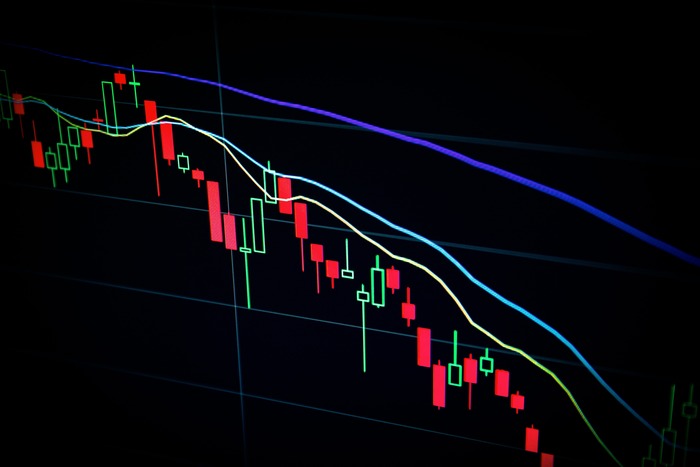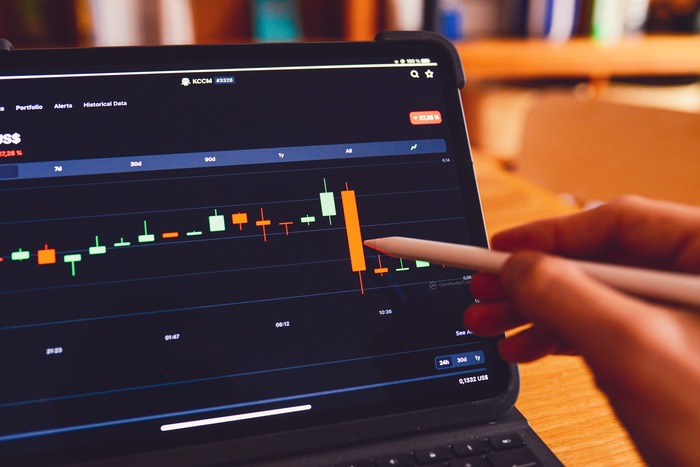The binary options market is highly volatile, with prices constantly fluctuating. Understanding market indicators is essential to successful binary options trading. These indicators are tools that enable traders to make informed trading decisions. In this article, we will discuss the different types of market indicators commonly used by traders and how to use them effectively.
What are Market Indicators?
Market indicators are tools used by traders to assess market trends and predict future price movements. They are calculated mathematically based on the price and volume of a traded asset. These indicators are used by traders to identify trading opportunities and to confirm the direction of market trends. Most platforms provided by the highest-rated forex brokers on Trusted Broker Reviews offer a wide range of market indicators.
Market indicators are classified into two categories: technical and fundamental indicators. Technical indicators are based solely on price and volume data, while fundamental indicators are based on economic and financial data.

Technical Indicators
Technical indicators are the most commonly used form of market indicators by traders. These indicators use statistical analysis of historical price and volume data to identify price trends and opportunities for trading.
Moving Averages
To calculate moving averages, the indicator takes the average price of an asset over a certain time period, such as 10, 20, or 50 days. They are used to identify trends and support and resistance levels. Simple moving averages (SMA) and exponential moving averages (EMA) are the two kinds of this indicator.
Simple Moving Averages (SMA)
Simple Moving Averages (SMA) is a technical indicator that determines the average price of an asset over time. SMAs are calculated by adding together all the prices of an asset for a specific time period and then dividing by the number of prices in that time period. This indicator eliminates the noise in the market and allows traders to identify the overall direction of the trend. The SMA is easy to calculate, but it does not give much weight to the most recent prices.
Exponential Moving Averages (EMA)
Exponential Moving Averages (EMA) are similar to SMAs, but they give more weight to recent price data. Thanks to this, EMAs respond more quickly to changes in the market than SMAs. As a result, EMAs are considered to be more responsive and accurate in identifying trends.
Relative Strength Index (RSI)
The relative strength index is one of the most popular technical indicators used by traders. It determines the strength of an asset’s price relative to its past performance. The RSI ranges from 0 to 100, with an RSI above 70 indicating an overbought asset and an RSI below 30 indicating an oversold asset.
Overbought and Oversold assets
Overbought assets are those that have had a significant rise in price and are considered to be overvalued. Oversold assets, on the other hand, are those that have had a significant drop in price and are considered to be undervalued. By using the RSI indicator, traders can identify when an asset is overbought or oversold, which can help them make beneficial decisions.
Bollinger Bands
Bollinger Bands are used to measure volatility in the market. They consist of three lines: a moving average line and two lines that are two standard deviations away from the moving average line. These lines are used to identify support and resistance levels and potential trading opportunities.
Standard Deviation
Standard deviation is a statistical measure used to determine how much an asset’s price deviates from the average price. Traders use this indicator to identify potential trading opportunities based on the volatility of an asset’s price.
Upper and Lower bands
The upper band represents the upper limit of an asset’s normal price range, while the lower band represents the lower limit of the range. When the price of an asset reaches one of these bands, it is considered to be overbought or oversold. Traders can use this information to make informed trading decisions.

Fundamental Indicators
Fundamental indicators are used to analyze economic and financial data to identify potential trading opportunities. These indicators are based on factors such as economic growth, interest rates, and inflation.
Gross Domestic Product (GDP)
Gross Domestic Product (GDP) is one of the most important fundamental indicators. It measures the economic output of a country and is used to assess the level of economic growth or contraction. Traders use GDP data to identify potential trading opportunities and to assess the health of an economy.
GDP and the Binary Options Market
GDP can have a significant impact on the binary options market. Positive GDP data can lead to increased confidence in the economy and a rise in asset prices. On the other hand, negative GDP data can lead to a decline in asset prices. Traders use this data to adjust their strategies accordingly.
Interest Rates
Interest rates are another important fundamental indicator. They can impact the value of a currency and the price of assets such as stocks. Traders use interest rate data to identify potential trading opportunities and assess the overall economic environment.
Central Banks and Interest Rates
Interest rates are controlled by central banks, which are the primary regulators of the economy. The decisions made by central banks regarding interest rates can have a significant impact on the binary options market.
Interest Rates and Currency Pairs
Interest rates can impact the value of currency pairs. When interest rates increase, the value of a currency typically increases as well, while a decrease in interest rates can lead to a decrease in currency value. Traders can use this information to make trading decisions with currency pairs.
Consumer Price Index (CPI)
The Consumer Price Index (CPI) is used to measure inflation and is another fundamental indicator used by traders. Traders use CPI data to identify potential trading opportunities and assess the impact of inflation on the market.
Inflation and the Binary Options Market
Inflation can impact the binary options market by affecting asset prices. When inflation is high, the price of assets tends to increase. When inflation is low, the price of assets tends to decrease. By monitoring CPI data, traders can better develop or adjust their plans and strategies.
Conclusion
Market indicators are essential tools for traders looking to improve their binary options trading. Technical indicators such as moving averages, RSI, and Bollinger Bands are popular among traders, while fundamental indicators such as GDP, interest rates, and CPI are also important to consider. With a solid understanding of market indicators and the ways in which they function, traders can achieve greater success in the binary options market.
